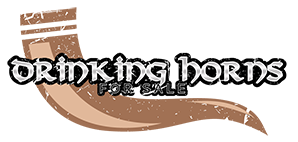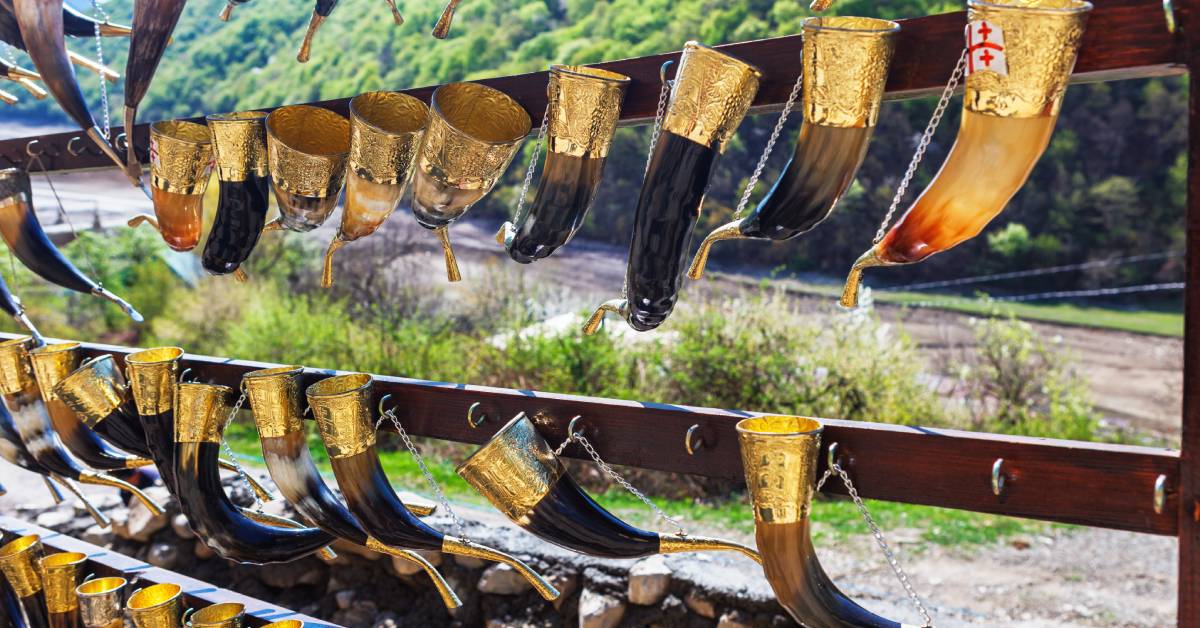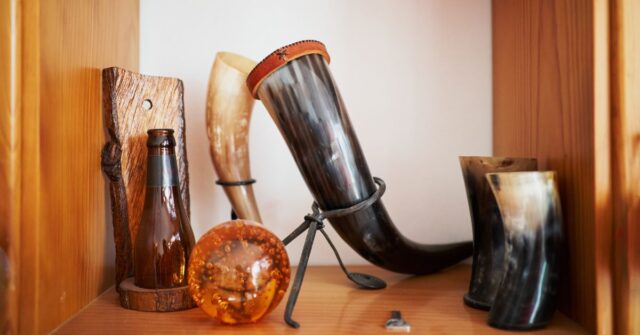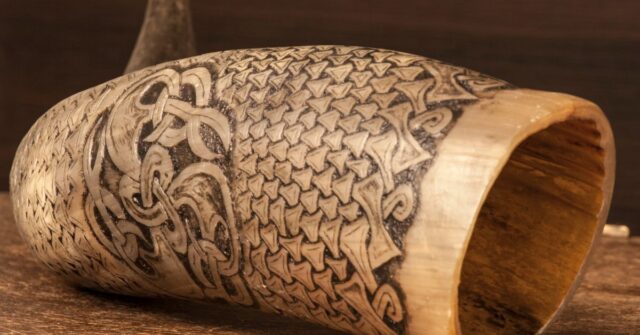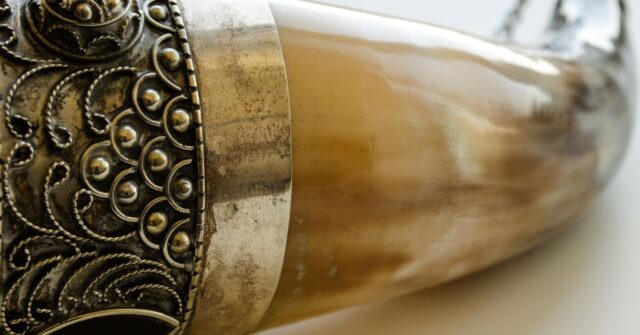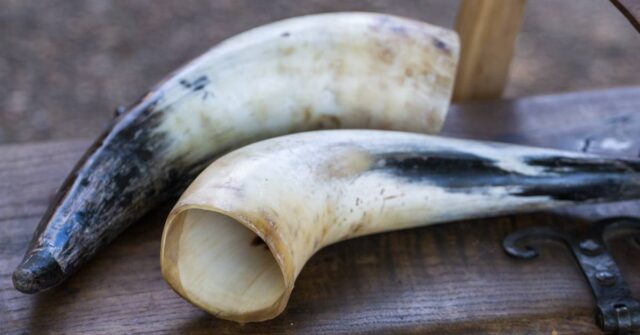Drinking horns, ancient vessels used for consuming alcoholic beverages, have a rich and fascinating history. Their sizes can vary greatly, each with its own set of characteristics and cultural significance.
In this article, we delve into the world of drinking horns, examining their types, the importance of size, and other vital considerations.
Prepare to embark on a journey, discovering everything from the smallest horn suitable for personal use, to the massive ones used for ceremonial purposes.
Introduction to Drinking Horns
The drinking horn is a staple in the history of many cultures, originating thousands of years ago. The earliest known examples date back to the Bronze Age.
Historically, these vessels have been used in rituals and social gatherings, often signaling a high status or military achievement.
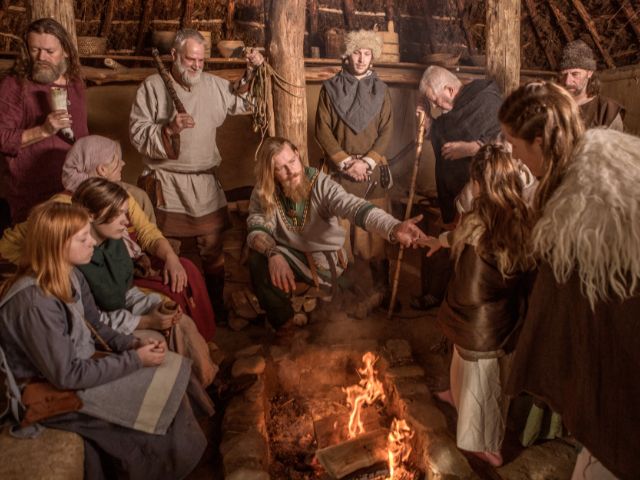
History of Drinking Horns
Drinking horns originated from the use of natural bovine horns, hollowed out and polished to serve as a receptacle for liquids.
Throughout history, these were often decorated with gold, silver, and gemstones, reflecting the owner’s status. As societies evolved, so did the use of drinking horns, becoming emblematic of power and prestige in various cultures.
Cultural Significance of Drinking Horns
Drinking horns have carried deep cultural significance in various societies. They have been particularly prominent in Norse culture, associated with the gods, warriors, and celebration.
In medieval Europe, they were a symbol of nobility, while in ancient Greece, they were part of religious and communal rituals.
Today, they are seen as cultural artifacts and collectors’ items, still used in some traditional ceremonies.
Types of Drinking Horns
The variety of drinking horns is vast, largely attributed to the different regions and periods they were created in, and the materials used in their construction. The following sections will discuss these variations in more detail.
Based on Material
The primary material for drinking horns has always been the horn of a bovine animal, usually cattle or buffalo.
However, through the ages, the process of decoration and reinforcement introduced other materials into the construction.
Metals like bronze, silver, or gold were used to clad the rim and tip, while gemstones and intricate carvings were used for adornment. Some cultures also used wood or clay for horn-like drinking vessels.
Based on Region
Regionally, the design, size, and use of drinking horns varied greatly. In Scandinavia, horns were large and often adorned with intricate knotwork and mythological figures.
Meanwhile, in the British Isles, they were commonly used in religious rituals and were smaller in size. Eastern Europe favored extravagant decoration with precious metals, reflecting the owner’s wealth and status.
Despite these differences, the universal association of drinking horns was with celebration, ritual, and prestige.
Based on Period
The time period also largely influenced the types of drinking horns.
Ancient examples from the Bronze Age were simple and utilitarian, while those from the Middle Ages were often elaborate, and adorned with precious metals and jewels.
In the Viking Age, horns were decorated with intricate carvings depicting gods, warriors, and animals.
The shape and size of these drinking vessels also evolved over time, reflecting changes in societal structures and drinking rituals.
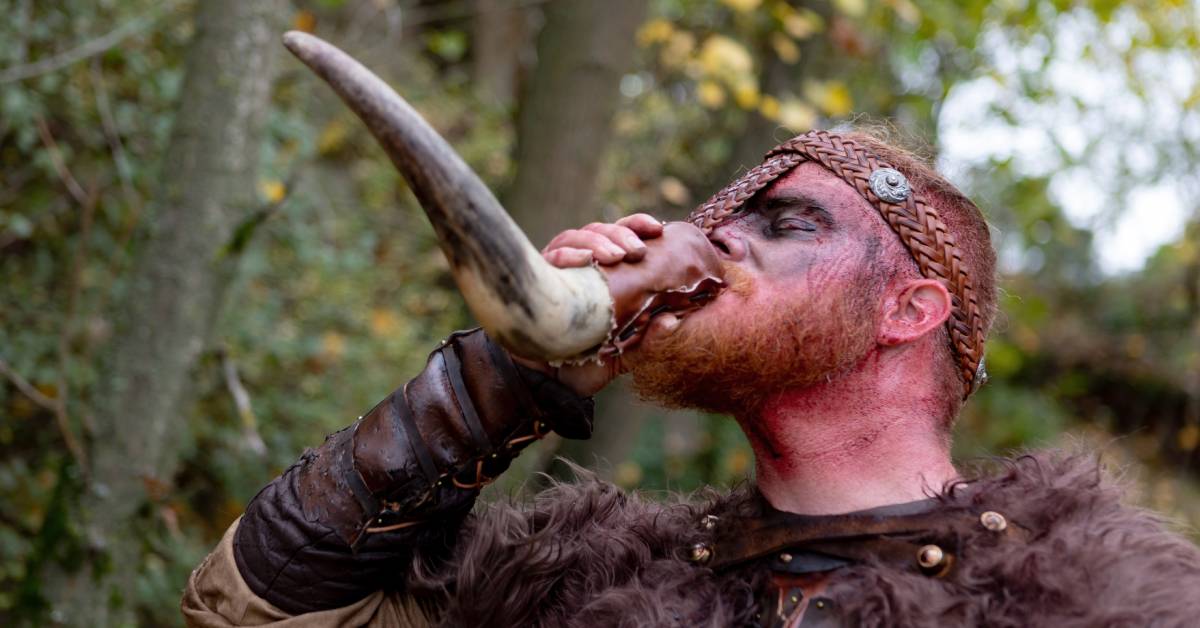
The Importance of Size in Drinking Horns
The size of drinking horns plays a significant role in their functionality and symbolism.
From small horns used for personal drinking to large ones used in communal ceremonies, each size carries its unique cultural and practical implications. Let’s delve into the importance of size in the following sections.
The Role of Size in Cultural Practices
In various cultures, the size of a drinking horn was indicative of one’s status and role in society.
Larger horns were typically associated with leaders, warriors, or individuals of high social standing, often used during ceremonies or feasts.
Smaller horns, on the other hand, were more common for personal use or amongst the general populace. Size also played a part in religious rituals, with specific sizes designated for particular ceremonies.
Size and its Impact on the Drinking Experience
Size greatly influences the drinking experience. A larger horn can hold more beverages, suitable for group settings or ceremonial usage where the drink is shared among many.
On the other hand, smaller horns are more practical for individual use, easier to handle, and perfect for enjoying a drink alone.
Size also affects the temperature of the drink, with larger volumes typically staying cooler longer than smaller ones.
Common Sizes of Drinking Horns
Drinking horns come in a variety of sizes, each with its unique features and cultural context. Below we discuss the common sizes, their features, uses, and historical significance.
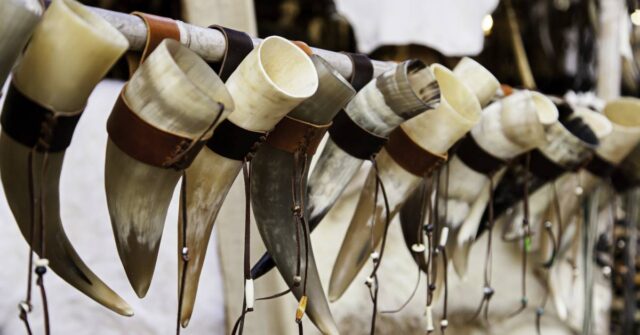
Small Drinking Horns
Small drinking horns typically range from 10 to 20 centimeters in length. Their compact size makes them ideal for personal use or as portable drinkware during travels or small gatherings.
Features and Uses
Small horns are light, easy to handle, and often come with a stand or leather holster for easy storage and transportation. They hold a moderate amount of drink, suitable for a single serving of ale, mead, or wine.
Historical and Cultural Context
Historically, small drinking horns were commonly used among ordinary people for the daily consumption of beverages.
They were also a popular choice among travelers due to their portability. In some cultures, small horns were used in rituals or rites of passage, symbolizing humility or moderation.
Medium Drinking Horns
Medium drinking horns, typically ranging from 30 to 50 centimeters in length, strike a balance between personal use and group settings. These are the commonly pictured size when one thinks of a traditional drinking horn.
Features and Uses
Medium-sized horns hold a larger quantity of drink, making them suitable for social gatherings. They often feature more intricate carvings or metalwork, given their larger surface area.
Some even come with a strap for carrying or hanging on a wall for display.
Historical and Cultural Context
These drinking horns were often seen in banquet halls and gatherings in various cultures. In Norse society, they were a common sight at feasts, while in medieval Europe, they signified nobility and wealth.
Medium horns are frequently depicted in art and literature, contributing to their iconic status.
Large Drinking Horns
Large drinking horns, measuring over 50 centimeters, are more than just drinking vessels. They are significant symbols of power, status, and communal unity.
Features and Uses
Large drinking horns can hold substantial amounts of beverage, often shared amongst many in communal settings.
They are usually elaborately decorated, displaying the craftsmanship of the period. Due to their size, they are commonly set on stands or mounted on walls when not in use.
Historical and Cultural Context
Historically, large drinking horns were seen as a sign of power and prestige. They were used in grand feasts, ceremonial rituals, and significant gatherings.
In Norse culture, large horns were associated with gods and legendary heroes, often depicted in sagas and epics.
Extra-Large Drinking Horns
Extra-large drinking horns, exceeding 1 meter in length, are rare, often made for ceremonial purposes or as exquisite showpieces.
Features and Uses
These massive horns can hold several liters of beverage, typically used in large-scale ceremonies or communal rituals.
Given their impressive size, they are often richly adorned with intricate carvings, metalwork, and gemstones. They are usually displayed on custom stands or wall mounts due to their size and weight.
Historical and Cultural Context
Extra-large horns were less common, mainly due to the difficulty in crafting such large specimens. However, when they were made, they represented supreme power and wealth.
They were often associated with kings, chieftains, or religious leaders, used in grand ceremonies or as ornamental pieces.
How to Choose the Right Size of Drinking Horn
Choosing the right size of a drinking horn depends on your intended use, aesthetic preference, and cultural interest. The following sections offer some factors to consider when choosing the size of your drinking horn.
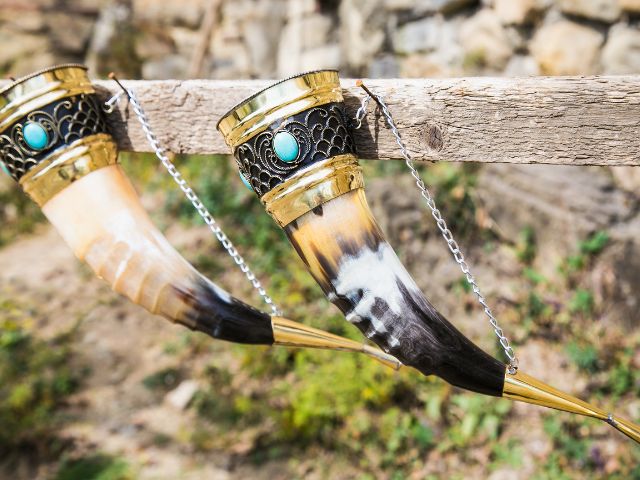
Considering Personal Use
When choosing the size of a drinking horn for personal use, consider your drinking habits and the practicality of the horn.
Small to medium horns are ideal for individual use or small gatherings, while large and extra-large horns are better suited for larger gatherings or ceremonial purposes.
Also, remember that the size will affect the weight and ease of handling.
Considering Aesthetics and Decor
Aesthetically, the size of the horn can greatly influence its visual impact. Larger horns, with their extensive decorations and impressive size, can make a significant statement as wall decor.
On the other hand, smaller or medium-sized horns can be an interesting addition to a bookshelf or mantelpiece, not dominating the space but adding a unique touch.
Considering Cultural Significance
If you’re a history or culture enthusiast, the cultural significance associated with different sizes of drinking horns may influence your choice.
Perhaps you want a large horn similar to those used in Norse feasts, or a small one akin to those carried by medieval travellers.
Whatever your preference, understanding the cultural context can add depth to your drinking horn experience.
Proper Care and Maintenance of Drinking Horns Based on Size
Proper care and maintenance of your drinking horn can extend its life and preserve its beauty. Here are some tips on how to care for horns of different sizes.
Small to Medium Horns
Small to medium drinking horns are generally easy to maintain. Clean them by hand with mild soap and warm water, avoiding hot liquids or dishwasher use which could damage the horn.
After washing, dry thoroughly to prevent moisture damage. Regular oiling with food-safe mineral oil can help preserve the horn’s integrity and shine.
Large to Extra-Large Horns
Large and extra-large drinking horns require more effort in their maintenance due to their size. Washing should be done carefully to avoid water stagnation inside the horn, and drying can take longer.
It might be useful to use a bottle brush to clean the inner corners. Like their smaller counterparts, regular oiling is beneficial. When displaying these larger horns, ensure they are well-supported to prevent any damage.
Conclusion
Understanding the different sizes of drinking horns opens up a world of historical insights, cultural nuances, and practical considerations.
From small horns used in everyday life to the grandeur of extra-large ceremonial horns, each size has its unique characteristics and significance.
We hope this guide has offered valuable information for enthusiasts and potential owners, assisting you in choosing the right size of drinking horn and caring for it appropriately.
May every sip from your chosen horn bring a taste of history and a sense of connection to the cultures that valued these remarkable drinking vessels.
